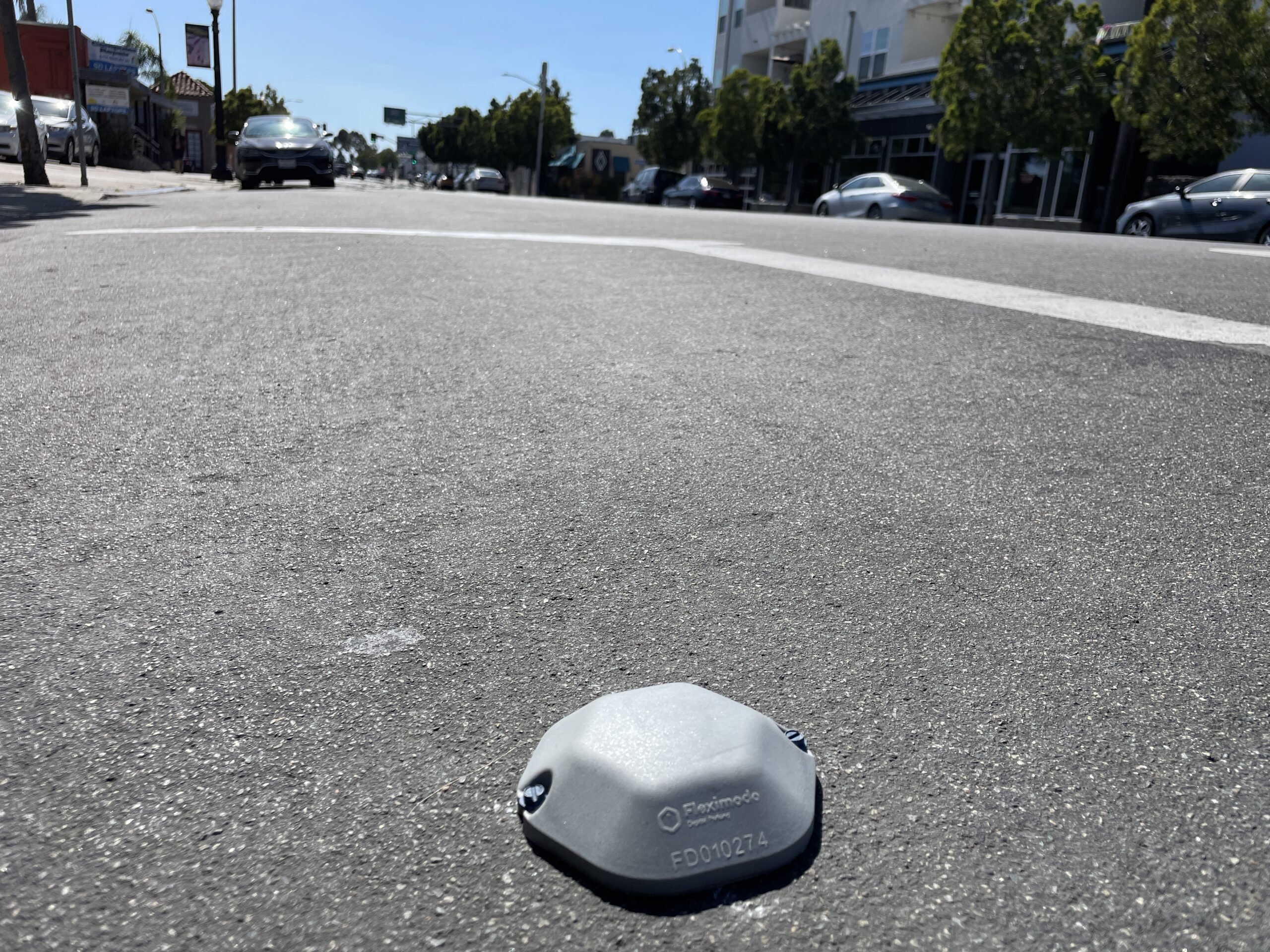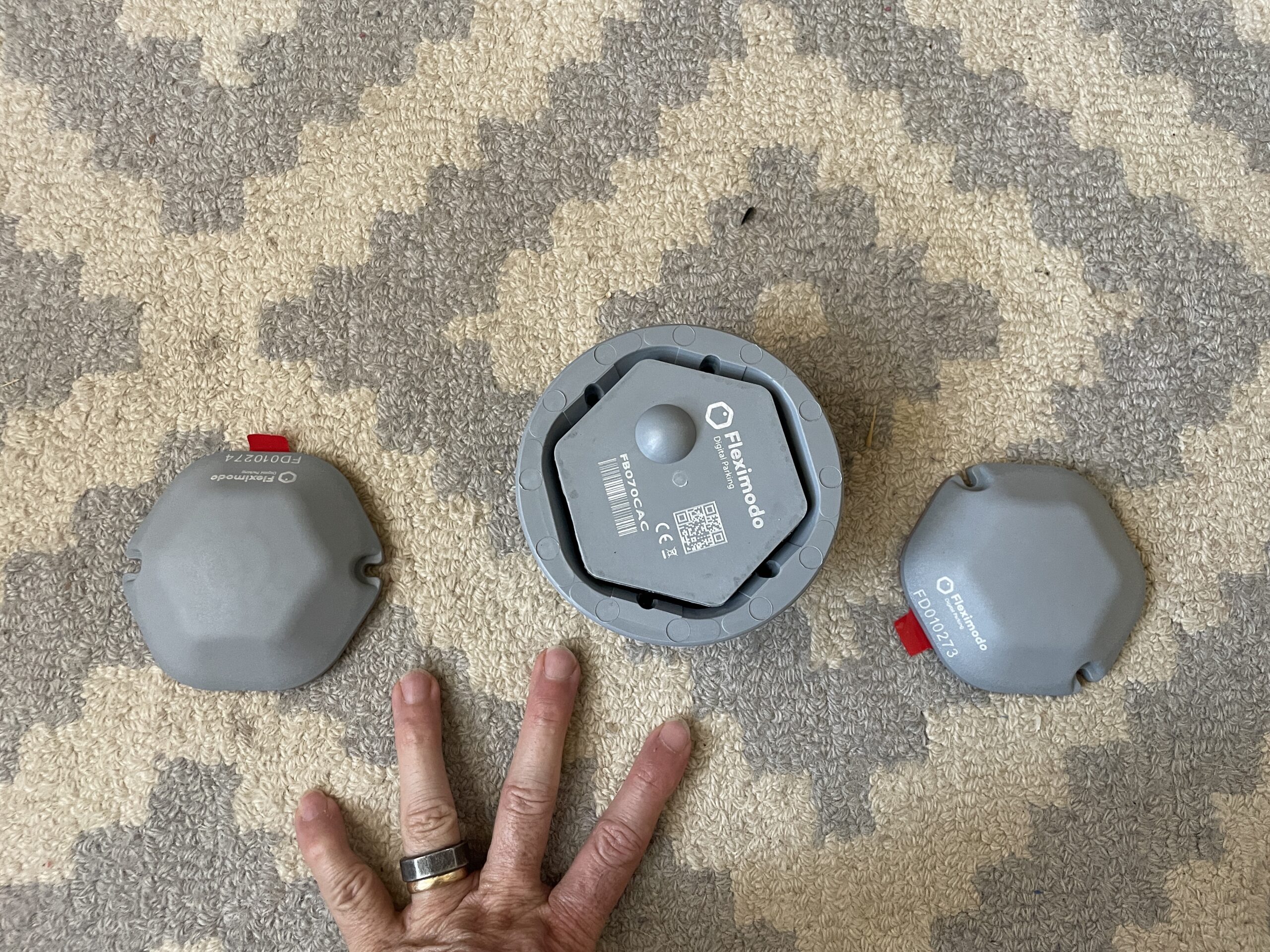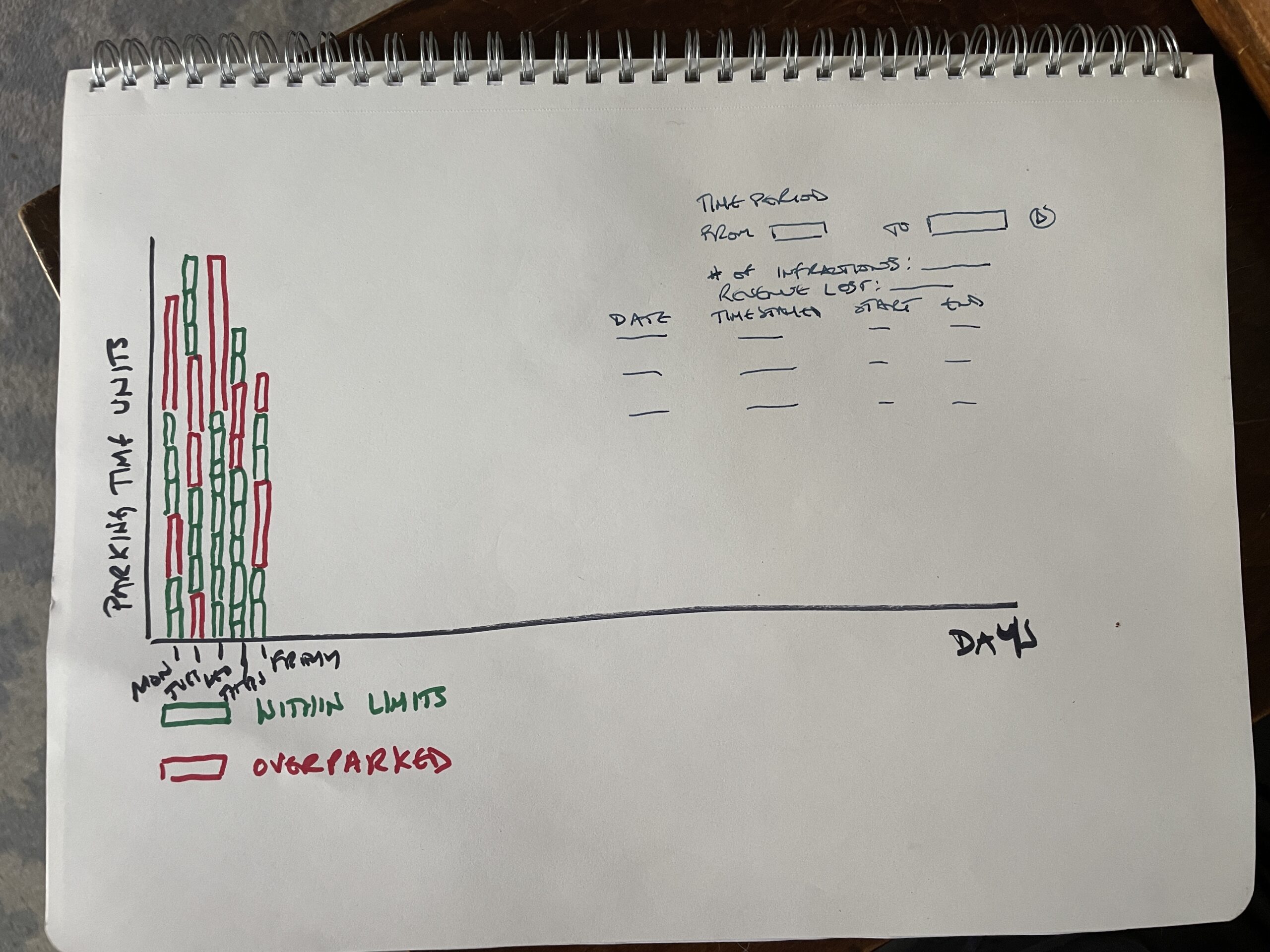One of the great opportunities of a ubiquitous wireless network like Helium’s LoRaWAN is in monitoring parking. While parking may seem slightly less interesting than day-old oatmeal to most of us, the more you know about parking the more you wonder why we don’t pay far more attention to it.
Let’s start with the business cases for it. Any given city government typically lays out various types of parking options; 2 hour parking, 72 hour parking, 15 minute parking, commercial loading, taxis, etc. These are applied to a city layout in order to promote the efficient use of street space and support citizens and businesses as they go about their day. The city of San Diego has 55,000 parking spaces in downtown alone; that’s a lot of potential data!
As a quick example, you might want 2 hour parking on most of the “main strip” of any given small town, with spots for businesses to load or unload, taxis to pickup, or people to have a reliable place to leave their car when they run short errands like mailing a package or buying something from a restaurant.
So far, so good, right? Think about the following three questions: First, how do you know the current layout is working? Second, how do you make sure people are following the rules? Third, how might you turn parking violations into a significant profit center until citizens clean up their act?
Most cities in the US have very little “real time” idea of how citizens are parking. In one sense that’s great; I don’t really want to be under constant parking surveillance. In another sense it’s one of the craziest things you can think of. We literally build a city, hope we got it right, and measure almost nothing to make sure.
Imagine doing that in school! “Hey students, here’s a test where if you get an answer wrong you’re going to owe a small amount of money. I want you to take the test. When you’re finished, crumple it up and throw it into the trash can from wherever you’re sitting. I’m going to take a nap while you take the test. If I wake up, I may try to catch some of the crumpled up balls of paper that were your test when you throw them. If I catch anything, I’ll grade you on a few random answers. If you got them wrong, I’ll charge you. If I don’t look at your test then you pass.”
Why not just grade the test? Well, up until very recently, “grading the test” was very expensive and technically difficult.
Helium has changed half of that by making it easy for anyone to deploy a sensor measuring parking wherever they want, and the world of sensor manufacturers is spinning up production to meet the burgeoning demand. As we get to scale, prices begin to come down, and we get to actually “grade the test.”
Of course, waiting to get to scale and for prices to come down and for local government to embrace new technology isn’t a good formula for getting shit done, and GSD is my happy place, so…I went ahead and bought then deployed a few parking sensors.
I’ll give you the bad news up front: Out of the 3 sensors I bought (they run just under $200 each when you’re buying low volume), 2 of them broke within a week or so from cars driving over ’em. The company has acknowledged the problem and is working on a better enclosure, and will send me the upgraded version when they’re ready. I’m cool with that; I expect things to break in these early days.
Now, those two were “surface mount”, meaning that they just fasten straight to the surface of a street, like this:

It’s not like the in-ground one is much larger, here are both types on my carpet in the office:

So, what’s it like to install the in-ground one?
Ok, with that as the current state (1 working, 2 broken), what’s next? I’ll spend the next few weeks while I wait for the 2 replacements working on how I want to visualize the data. Remember, I want to give our city the ability to “grade” how well parking is working. I think it might look something like this:

I could be wrong and they just want a boring old spreadsheet, but let’s take a swing at the elephant in the room:
A parking violation here in San Diego runs about $53. A parking meter enforcement officer (PMEO) earns $19.64/hour. Now, I’m not going to get into wage debates here, but it doesn’t take much more than a 5th grade education to see that a PMEO who can quickly see where they should ticket is, at least until people learn not to violate the parking signs willy-nilly, a profit center.
I know, I know, a couple of you will be fucking howlers and complain about your rights being infringed because you shouldn’t have to live in an Orwellian state. That’s ridiculous, you know it, and all you have to do is follow the signs or vote in better rules. There is an entirely different (and much stronger) case to be made that governments are fairly bad at spending money, but for now, let’s just imagine we could improve things by gathering data.
Look, we’re getting closer to a world where more things are measured, and in the measuring the world gets benefits like making data-driven decisions to improve an operation. The jackwagon in the ’67 Camaro might have nice taste in old cars, but she doesn’t get to park 4 hours in a 15 minute zone without a consequence. Other people can use that space, businesses rely on traffic flow, and thinking that the signs apply to everyone else but not you is a recipe for a world that is less fair and fun.
Ok, so that’s how you might use data from street parking in a punitive way, how could a small business constructively use a parking sensor to improve sales?
One way is to indicate to customers that a parking slot in a specific area is free for them to use; that’s an easy Helium fix. If the parking space is occupied, there’s an integration that turns a light in front of the business red, to indicate parking ’round back is full. If the parking space is available, the light is green.
The business sends out emails and tells walk-in customers to look for the light, which is a fun story to tell and lets customers know that the business cares about ’em and is willing to explore cutting edge technology. As more people are able to park and walk in and spend, the business generates more profit by providing a better experiences. Winning all ’round!
Now, these are just 2 options to explore in the world of just parking sensors; imagine how much is left to develop across the entire IoT space?! I’d love to hear how you think YOU might use IoT in your business, whether it’s parking sensors, cold chain monitoring, buoy tracking, or counting how many people walk by the front door versus come inside to track how your signage is working.
The possibilities for exploration and improvement are damn near endless, I can’t wait to hear how you’re using ’em!
Rock on!


Leave a Reply